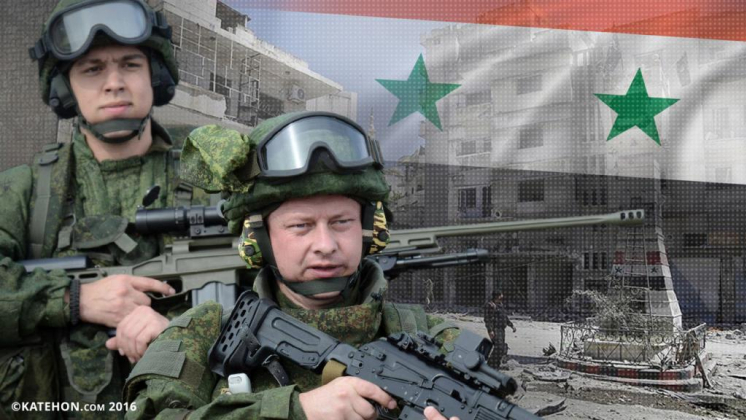Russia’s intervention in Syria – trap or Katehon
The main theories explaining the rationale of the foreign sponsored invasion of Syria, disingenuously labeled as a “Civil War” include:
- The dismantling of the “Shia Crescent” as described by Seymour Hersh in his excellent 2007 article “The Redirection”
- The break-up along sectarian lines of all Middle Eastern states opposed to the Western Alliance – following the blueprints laid out by Oded Yinon, the Strategy for Israel in the 1980's
- The economic factors mentioned time and again – pipelines corridors etc.
Whatever the reasons behind the initial events, at this point in time, it looks like the plan was at least temporarily blocked by a combination of factors: the resoluteness of Syria’s army, the intervention of its Muslim allies - mainly Hezbollah and Iran - and the decisive involvement of the Russian military.
However successful, the significant presence of the Russian armed forces on theatre of battles in Muslim country, carries within itself a very risky scenario – a repeat of Afghanistan. The benefits obtained from blocking the Western assault on Syria, have to be weighed against the risk of stirring-up anti-Russian sentiments in the Sunni world and the internal political risk associated with the losses of Russian military personnel.
Creating an internal crisis in Russia, the heartland of world resistance to the unipolar world, based on either significant human losses in Syria or by augmenting tensions with the ethnic minorities within the country, would be a much bigger price for the Western Alliance than the dismantling of a regional player.
The strategy has been bluntly outlined by Graham Fueller, former Vice-President of the National Intelligence Council and an architect of the Afghanistan War along with Zbignew Brzezinski “The policy of guiding the evolution of Islam and of helping them against our adversaries worked marvelously well in Afghanistan against the Russians. The same doctrines can still be used to destabilize what remains of Russian power, and especially to counter the Chinese influence in Central Asia.”
Of course there is nothing new in the paragraphs above. All the data has been known and taken into account by the Russian decision makers long time before deciding to send the first planes to Syria. So, what are the strategic objectives, worth risking a major crisis, possibly the disintegration of the heartland itself? Are the objectives stated at the beginning of the article worth risking such a crisis, or is it something even more important at stake?
The continuous expansion of NATO towards the East, and especially the new missile defense facilities in Poland and Romania, has put Moscow,“the heart” of the heartland, literally minutes away from a possible nuclear strike, and merely hundreds of kilometers away from powerful tank formations. Given the geographic isolation of the United States, the “heart” of the World Island, Moscow, cannot reciprocate. One cannot imagine Russian or Chinese tanks a mere 600 kilometers away from New York or Washington. Also, one cannot envision Russian radar installations doubled by anti-rocket systems in the immediate vicinity of the United States, unless one is prepared for a repeat of the Cuban Missiles Crisis. And nobody wants to be again minutes away from a nuclear war as we were in 1962…
So how can Moscow maintain equilibrium and respond to the increased threats at its borders?
Well, if we were to give credit to BBC’s researcher Peter Hounam, it turns out that the world did not sit on the verge of nuclear war just during the Cuban Missile Crisis. It happened on at least one other occasion, on June 8th, 1967 during the Seven Day War. On that day, an NSA ship, the USS Liberty was hit by warplanes and torpedo boats. Many people died in what was initially perceived as an act of war from the part of Egypt. Planes carrying nuclear bombs, took off from the 6th fleet carriers USS America and USS Saratoga. According to testimonies the bombers were only three minutes from nuking Cairo, then they were ordered back. Why?
Of course some of the facts are clearly established. The attackers were no Egyptians. An "honest mistake" happening in a war zone, said both governments involved. The deliberate sustained attack was survived by some members of Liberty’s crew, its captain, William McGonagle, and even Dean Rusk, the then US Secretary of State. There was collusion between branches of governments, in order to justify a massive American retaliation, the final objective being the total removal of Soviet influence in the Middle East, affirmed Peter Hounam. But if there truly was a collusion and the case was made for American retaliation why stop the planes?
Who stopped the nuclear attack on Cairo on June 8th 1967, and why? If we can find out what played the Katehonic role 50 years ago, we might be able to understand the present stakes.


